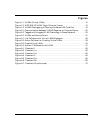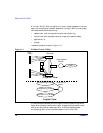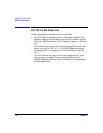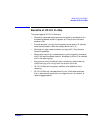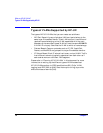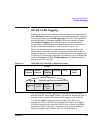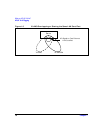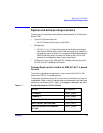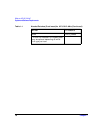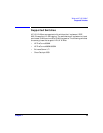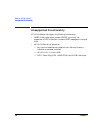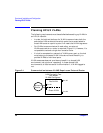
What are HP-UX VLANs?
HP-UX VLAN Tagging
Chapter 1 15
HP-UX VLAN Tagging
Network switches and end stations that know about VLANs are said to
be VLAN-aware. Network switches and end stations that can interpret
VLAN tags are said to be VLAN-tag-aware. HP-UX VLAN-tag-aware
end stations add VLAN tags to standard Ethernet frames--a process
called explicit tagging. A VLAN tag (Figure 1-2) identifies which
VLAN a data frame belongs to and enables traffic from more than one
VLAN to use the same switch or LAN card port (Figure 1-3).
When a VLAN-aware switch receives data from an end-station, the
switch determines where the data is to go and whether the VLAN ID
should be retained. If the data is to go to a device that can recognize the
VLAN tag, the VLAN tag is retained. If the data is to go to a device that
has no knowledge of VLANs (VLAN-unaware), the switch sends the
data without the VLAN tag.
Figure 1-2 IEEE 802.1Q VLAN Tag in Ethernet Frame
You must configure VLAN tagging on switch ports that interface to
end-stations that have tagged VLANs. If a switch or end-station port is
member of only a single, port-based VLAN, tagging is not required.
To transmit tagged frames, you must configure a VLAN on the
end-station with a VLAN ID that matches the VLAN ID of a tagged
VLAN on the switch port and the VLAN ID of a VLAN at the remote
end-station. Refer to the next 3 chapters in this guide for complete
details on configuring VLANs on your HP-UX end stations.
Destination
Address
Source
Address
802.1Q
VLAN Tag
Type/Len Data Frame
Check
4 Bytes
User
Priority
3 bits
Canonical
1 bit
VLAN ID
12 bits
Format
Indicator
2 Bytes
Tag
ID
Protocol
2 Bytes (Tag Control Information)



